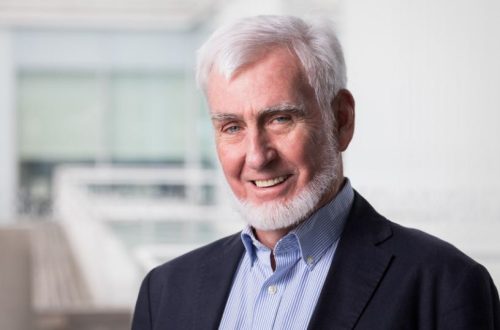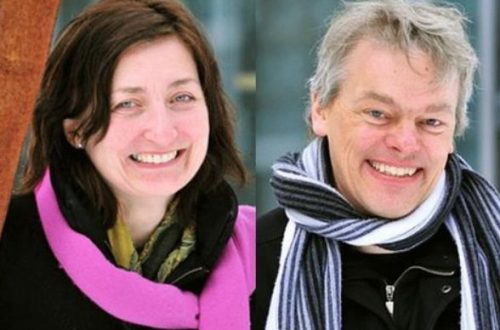
How to Contact May-Britt Moser: Phone Number, Fanmail Address, Email Address, Whatsapp, House Address
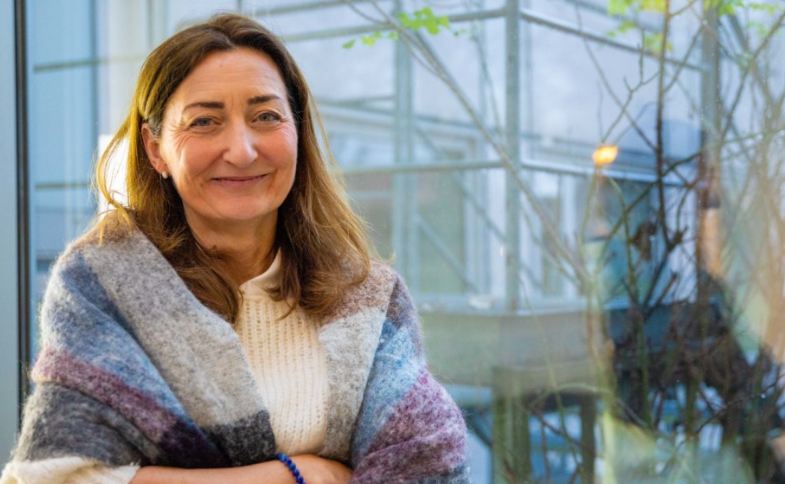
May-Britt Moser: 8 Ways to Contact Her (Phone Number, Email, House Address, Social media profiles)
May-Britt Moser: Ways to Contact or Text May-Britt Moser (Phone Number, Email, Fanmail address, Social profiles) in 2023- Are you looking for May-Britt Moser’s 2023 Contact details like her Phone number, Email Id, WhatsApp number, or Social media accounts information that you have reached on the perfect page.
May-Britt Moser Biography and Career:
May-Britt Moser is a Norwegian psychologist. The NTNU is located in Norway. In the last ten years, Moser and her husband, Edvard Moser, have been leaders in research about how the brain represents space. After successfully defending their dissertations for their doctoral degrees in 1996, Edvard and May-Britt Moser were offered positions as associate professors in the psychology and neuroscience departments at NTNU.
In 2002, they built what is now known as the Centre for the Biology of Memory (CBM), and in 2007, they opened the Kavli Institute, which is currently ranked 15th in the world and 4th in the field of neuroscience. In 2014, the Nobel Prize in Physiology or Medicine was bestowed to May-Britt Moser and her husband, Edvard Moser, and John O’Keefe, for their contributions to the field.
The Kavli Institute for Systems Neuroscience’s mission in the scientific community is to make strides in advancing our knowledge of brain circuits and systems. The researchers hope to discover universal principles of neural network computing in the mammalian cortex by concentrating on spatial representation and memory.
The Kavli Institute, funded by the Kavli Foundation, coexists with the Centre for the Biology of Memory (CBM). However, the Institute’s research objectives are more comprehensive and have a longer-term focus. The Research Council of Norway has designated CBM as a Centre of Excellence for its overall program.
Additionally supported by the Seventh Research Framework Programme of the European Union (FP7) and an Advanced Investigator Grant from the European Research Council (ERC), the KI/CBM was established in 2005. May-Britt and Edvard Moser have researched the processes that the brain uses to calculate geographical position and spatial memory. Their most notable contribution was the finding of entorhinal grid cells in 2005 (Hafting et al., Nature 2005).
This finding indicates that the entorhinal cortex serves as a hub for the brain network responsible for our navigation ability. The result of the grid cells was the first evidence that a rat’s brain has an internal map that can be used to encode self-position in any given environment. The revelation made previously unattainable avenues of inquiry into how the brain processes information available to it. The mapping mechanism is likely to be present in other animals’ brains, including the human brain.
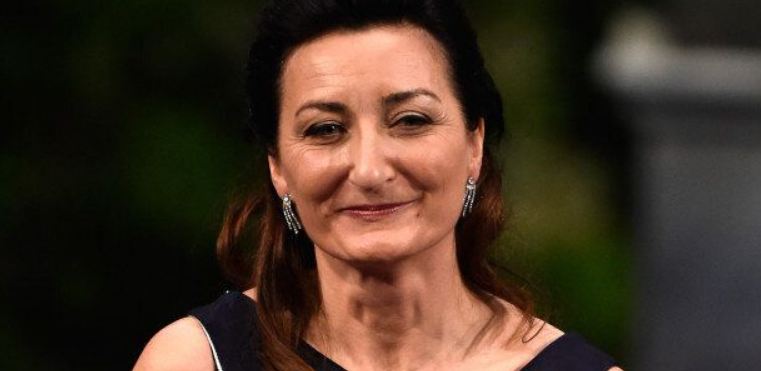
The Mosers and the staff of researchers at the KI/CBM have demonstrated how a variety of functional cell types in the entorhinal microcircuit contribute to the representation of self-location, how the outputs of the circuit are used by memory networks in the hippocampus, and how episodic memories are separated from one another in the early stages of the hippocampal memory storage process.
The researchers from KI/CBM have also found a new form of brain cells that detects borders and limits, and they have determined that the place cells in the hippocampus can work at scales ranging from around 50 centimeters to 10 meters.
May-Britt Moser attended the University of Oslo and earned a degree in Psychology in 1990. After that, she went on to get a doctorate in neurophysiology from the University of Oslo in 1995, where she did her research under the direction of Professor Per Andersen. Following his dissertation studies, Moser did postdoctoral work with Richard Morris at the University of Edinburgh’s Centre for Neuroscience from 1994 to 1996.
He also worked as a visiting postdoctoral fellow in the laboratory of John O’Keefe at University College London. In 1996, Moser relocated back to Norway to accept a position as an Associate Professor in the Department of Biological Psychology at the Norwegian University of Science and Technology (NTNU), which is located in Trondheim.
In addition, she and her husband, Edvard Moser, were jointly given a portion of the Nobel Prize in Physiology or Medicine in 2014; John O’Keefe was the recipient of the remaining amount. The Norwegian Academy of Science and Letters and the Norwegian Academy of Technological Sciences have elected her to membership.
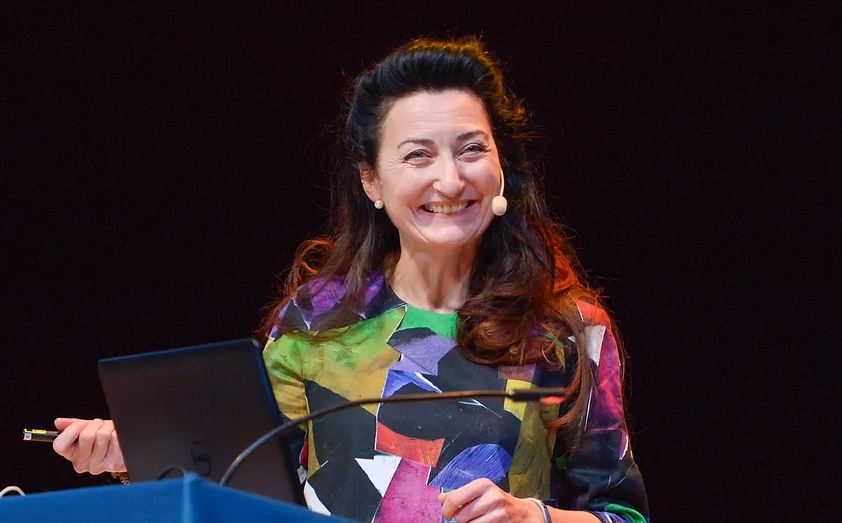
In 2012, she was appointed Director of the Centre for Neural Computation, which had just recently been formed. She has been honored with various accolades, including the Nobel Prize in Medicine or Physiology in 2014, awarded jointly with Edvard Moser.
Together with their advisor John O’Keefe, the Mosers laid the groundwork for modern research on the neural process through which the brain encodes spatial relationships. Near the hippocampus, a region deep inside the brain necessary for encoding space and episodic memory, the Mosers discovered certain cell types needed for identifying the location (spatial representation).
Moser studied whether or not there were any connections between the hippocampus’s anatomical structure and the rats’ ability to acquire social skills. Because of Moser’s study, researchers gained new insights into the cognitive processes and spatial abnormalities connected with human neurological diseases like Alzheimer’s.
The Mosers were awarded a portion of the Nobel Prize in Physiology or Medicine in 2014, which they shared. John O’Keefe was given the other half of the prize money as his reward. The Mosers have been recognized with a Nobel Prize, together with five other couples.
Since then, she has taken on the role of Director of the Centre for Neural Computation, which is a second Centre of Excellence that will operate from 2013 to 2022.
Moser was honored with the Madame Beyer Award in 2013, given annually to a remarkable female business leader and presented by the Trondheim Chamber of Commerce. This honor was bestowed on Moser in recognition of her exceptional leadership, scientific accomplishments, and high ethical standards, as well as her unwavering commitment to collaboration and involvement in the community.
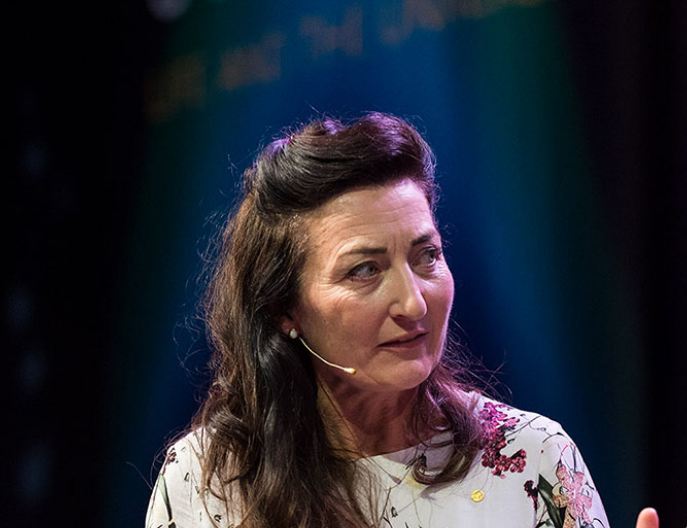
May-Britt Moser Profile-
- Famous Name– May-Britt Moser
- Birth Sign- Capricorn
- Date of Birth– 4 January 1963
- Birth Place– Fosnavåg, Norway
- Age – 60 years (As 0f 2023)
- Nickname– May-Britt Moser
- Parents– Father: NA, Mother: NA
- Sibling– Moser
- Height– NA
- Profession– Psychologist
- Twitter Followers: 9154 Followers
- Total Insta Followers: 509 followers
- Total YouTube Subs: NA
May-Britt Moser’s Phone Number, Email, Contact Information, House Address, and Social Profiles:
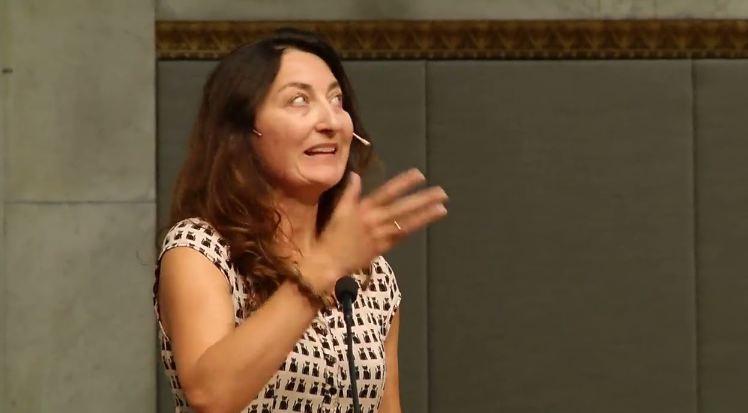
Ways to Contact May-Britt Moser :
1. Facebook Page: @maybritt.moser
2. YouTube Channel: NA
3. Instagram Profile: @maybmoser
May-Britt Moser also has her Instagram profile, where she gained a million followers and got around 100k likes per post. If you want to see her latest pics on Instagram, you can visit through the above link.
4. Twitter: @MayBrittMoser
5. Phone number: +47-73598277
6. Fan Mail Address:
May-Britt Moser
Fosnavåg, Norway
7. Email id: NA
8. Website URL: NA
Read Also: How to Contact John O’Keefe: Phone Number, Fanmail Address, Email Address, Whatsapp, House Address


